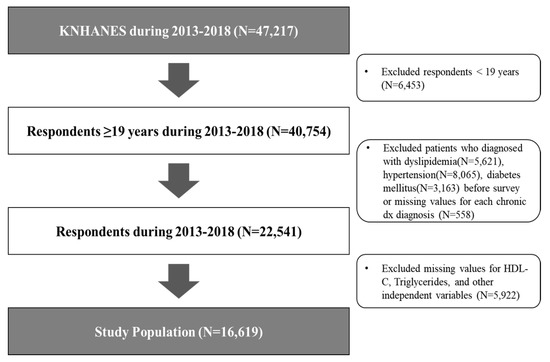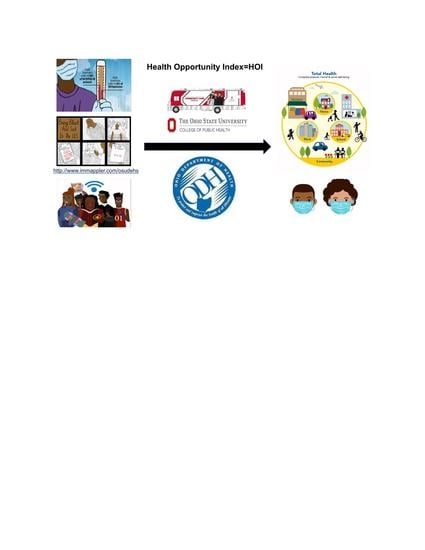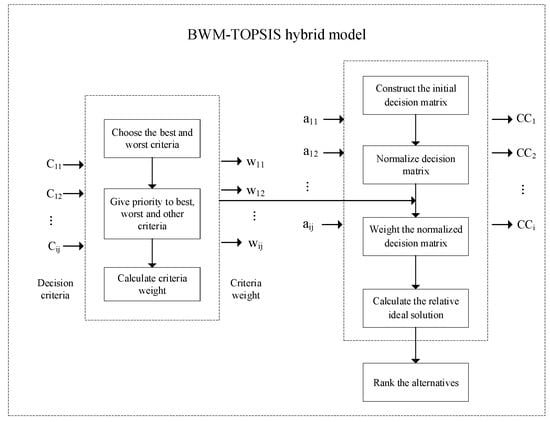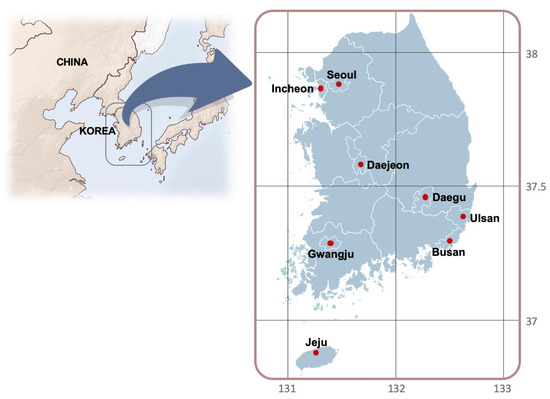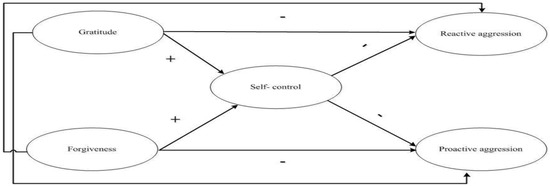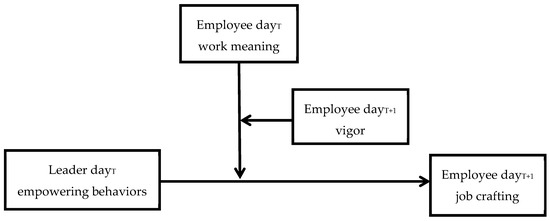Int. J. Environ. Res. Public Health 2020, 17(16), 5770; https://doi.org/10.3390/ijerph17165770 - 10 Aug 2020
Cited by 72 | Viewed by 6819
Abstract
►
Show Figures
During the coronavirus-19 disease (COVID-19) pandemic, the basic strategy that is recommended to reduce the spread of the disease is to practice proper hand hygiene and personal protective behaviors, but among adolescents, low adherence is common. The present study aimed to assess the
[...] Read more.
During the coronavirus-19 disease (COVID-19) pandemic, the basic strategy that is recommended to reduce the spread of the disease is to practice proper hand hygiene and personal protective behaviors, but among adolescents, low adherence is common. The present study aimed to assess the gender-dependent hand hygiene and personal protective behaviors in a national sample of Polish adolescents. The Polish Adolescents’ COVID-19 Experience (PLACE-19) Study was conducted in a group of 2323 secondary school students (814 males, 1509 females). Schools were chosen based on the random quota sampling procedure. The participants were surveyed to assess their knowledge and beliefs associated with hand hygiene and personal protection, as well as their actual behaviors during the COVID-19 pandemic. The majority of respondents gave proper answers when asked about their knowledge. However, females displayed a higher level of knowledge (p < 0.05). Most of the respondents declared not leaving home, handwashing, using alcohol-based hand rub, avoiding contact with those who may be sick, and avoiding public places as their personal protective behaviors. They declared using face masks and gloves after the legal regulation requiring people to cover their nose and mouth in public places was enacted in Poland. Regarding the use of face masks and not touching the face, no gender-dependent differences were observed, while for all the other behaviors, females declared more adherence than males (p < 0.05). Females also declared a higher daily frequency of handwashing (p < 0.0001) and washing their hands always when necessary more often than males (68.2% vs. 54.1%; p < 0.0001). Males more often indicated various reasons for not handwashing, including that there is no need to do it, they do not feel like doing it, they have no time to do it, or they forget about it (p < 0.0001), while females pointed out side effects (e.g., skin problems) as the reason (p = 0.0278). Females more often declared handwashing in circumstances associated with socializing, being exposed to contact with other people and health (p < 0.05), and declared always including the recommended steps in their handwashing procedure (p < 0.05). The results showed that female secondary school students exhibited a higher level of knowledge on hand hygiene and personal protection, as well as better behaviors, compared to males. However, irrespective of gender, some false beliefs and improper behaviors were observed, which suggests that education is necessary, especially in the period of the COVID-19 pandemic.
Full article

